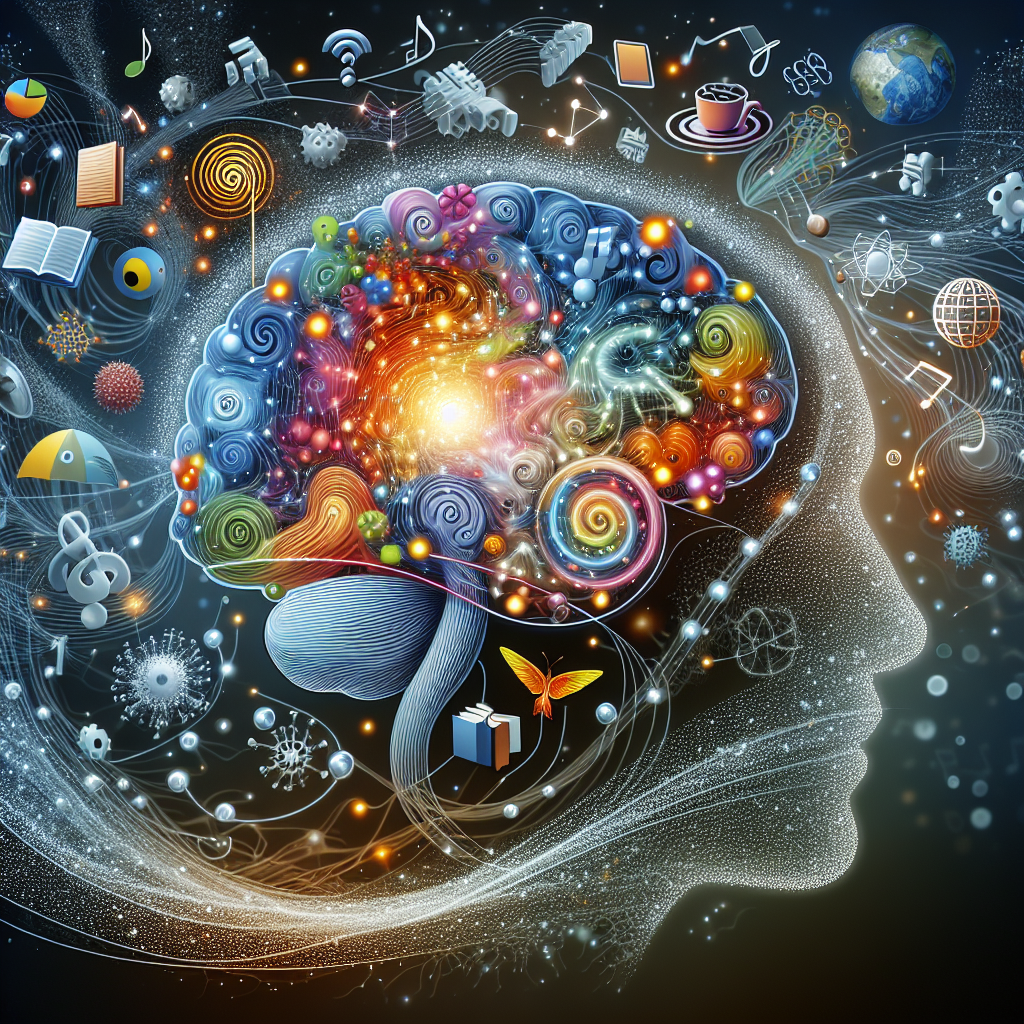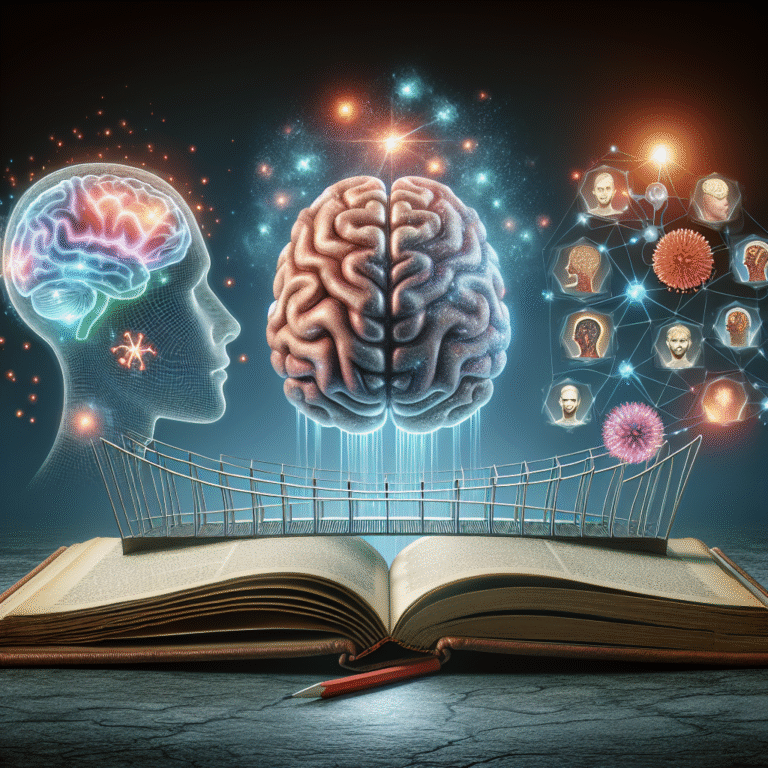
Introduction
Have you ever wondered how your brain manages to store the vast array of experiences, facts, and emotions you’ve encountered throughout your life? Understanding the process of encoding memories is crucial, not just in the realm of neuroscience but also in our daily lives. It shapes not only our identity but how we interact with the world. The journey into the intricacies of how our brain processes and retains information promises fascinating insights, from the foundational theories to the latest research. Join us as we embark on this exploration of Encoding Memories: How Our Brain Processes and Retains Information.
The Basics of Memory Encoding
What is Memory Encoding?
Memory encoding is the first step in creating a new memory. It involves transforming sensory input into a form that can be stored in the brain for later recall. The journey of Encoding Memories: How Our Brain Processes and Retains Information begins with sensory experiences that capture our attention.
Types of Memory Encoding
There are primarily three ways our brain encodes information:
-
Visual Encoding: This occurs when information is stored based on its visual characteristics, like the sight of your best friend’s face.
-
Acoustic Encoding: Here, we store sounds, particularly the sounds of words, which form the basis for language.
- Semantic Encoding: This involves processing the meaning of information, which is often the most effective way to retain information.
| Encoding Type | Description | Example |
|---|---|---|
| Visual Encoding | Encoding based on visual patterns | Remembering a face |
| Acoustic Encoding | Encoding sounds or words | Recalling a song |
| Semantic Encoding | Encoding based on meaning | Understanding a concept |
The Process of Memory Formation
Stages of Memory
To truly grasp Encoding Memories: How Our Brain Processes and Retains Information, it’s essential to understand the stages of memory formation:
-
Sensory Memory: A brief retention of sensory input, lasting seconds.
-
Short-Term Memory: Holds information temporarily for around 20 seconds unless rehearsed.
- Long-Term Memory: Stores information indefinitely, with the potential for virtually unlimited capacity.
Case Study: The Magic Number Seven
Psychologist George A. Miller famously proposed that the average number of objects an individual can hold in working memory is about seven (plus or minus two). This concept has vast implications for understanding Encoding Memories: How Our Brain Processes and Retains Information, emphasizing the limitations of short-term memory capacities.
The Role of Attention
Attention is critical in the encoding process. If we don’t focus, the memory might not even enter the short-term memory, let alone transition to long-term memory. A groundbreaking study by Posner et al. (1980) emphasized how attention enhances memory encoding, demonstrating that our brain prioritizes what we focus on.
Case Study: Stroop Effect
The Stroop Effect exemplifies the conflict between automatic and controlled processing in attention. When people read color names printed in different colors, they often take longer to name the color of the ink than to read the word itself. This result shows how attention affects the efficiency of encoding.
The Neuroscience of Memory Encoding
The Brain Regions Involved
Several regions of the brain are crucial in the encoding process:
-
Hippocampus: Essential for transforming short-term memories into long-term ones.
-
Amygdala: Plays a role in emotional memories, making them more vivid.
- Prefrontal Cortex: Involved in working memory and decision-making.
| Brain Region | Function |
|---|---|
| Hippocampus | Memory consolidation |
| Amygdala | Emotional processing |
| Prefrontal Cortex | Working memory and executive functions |
Neurotransmitters and Memory Encoding
Neurotransmitters like dopamine, acetylcholine, and norepinephrine play significant roles in memory encoding. They influence focus, motivation, and the emotional weight of experiences, all of which affect how memories are processed and retained.
Case Study: The Role of Dopamine
Research indicates that dopamine release correlates with enhanced memory encoding—especially during emotionally charged experiences. The implications of this connection underline the importance of emotional salience in Encoding Memories: How Our Brain Processes and Retains Information.
The Link Between Memory and Learning
Memory as the Basis of Learning
The interconnection between memory and learning is fundamental. Learning involves acquiring new information and skills, and memory is vital to retain that information for future use.
Strategies for Effective Memory Encoding
Here are some strategies supported by research to enhance encoding:
-
Chunking: Breaking down information into smaller units.
-
Elaborative Rehearsal: Connecting new information to existing knowledge.
- Visual Imagery: Using mental images to enhance recall.
| Strategy | Description | Example |
|---|---|---|
| Chunking | Grouping information for easier recall | Phone numbers (xxx-xxx-xxxx) |
| Elaborative Rehearsal | Associating new info with existing knowledge | Creating stories around facts |
| Visual Imagery | Forming mental images of information | Imagining a scenario |
The Impact of Stress on Memory Encoding
How Stress Affects Memory
Chronic stress has been shown to impair memory encoding by affecting the hippocampus. Elevated cortisol levels can hinder the brain’s ability to form and retrieve memories.
Case Study: PTSD and Memory
Post-Traumatic Stress Disorder (PTSD) illustrates the impact of stress on memory. Individuals with PTSD often have vivid, intrusive memories of their trauma, demonstrating how emotional intensity can affect encoding and retrieval processes.
Technology and Memory Encoding
The Influence of Digital Media
In today’s digital age, our methods of engaging with information have drastically changed. The tendency to rely on devices for information raises concerns about memory encoding. Are we compromising our ability to encode memories effectively?
Strategies to Optimize Digital Memory Encoding
- Limit Multitasking: Focus on one task to improve retention.
- Prioritize Active Engagement: Participate in discussions or teaching others to reinforce learning.
- Scheduled Breaks: Take timed intervals to help process and consolidate information.
Conclusion
As we journey through life, the ability to effectively encode memories shapes who we are and how we navigate our surroundings. Understanding Encoding Memories: How Our Brain Processes and Retains Information not only heightens our awareness of the importance of memory but provides us with practical strategies for enhancing our learning experiences.
Embrace these insights as you engage with the world around you, utilize effective memory techniques, and appreciate the remarkable capabilities of your brain.
FAQs
1. What are the main types of memory encoding?
There are three main types: visual, acoustic, and semantic encoding. Each serves a distinct purpose in how we process and retain information.
2. How can I improve my memory encoding capabilities?
You can enhance your memory encoding through strategies like chunking, elaborative rehearsal, and visual imagery.
3. What role does emotion play in memory encoding?
Emotional experiences tend to be remembered more vividly due to the involvement of the amygdala, which enhances the encoding of emotional memories.
4. How does stress affect memory encoding?
Chronic stress can impair memory encoding by affecting brain structures like the hippocampus, leading to difficulties in forming new memories.
5. Are digital devices harmful to memory encoding?
Over-reliance on digital devices can impair memory by promoting superficial engagement with information. Strategies like focused attention and active participation can help mitigate these effects.
This article aims to shed light on the fascinating world of memory encoding and how our brains manage to weave together the fabric of our past experiences. Understanding these processes not only enhances our cognitive abilities but also empowers us to live richer, more fulfilling lives.

















